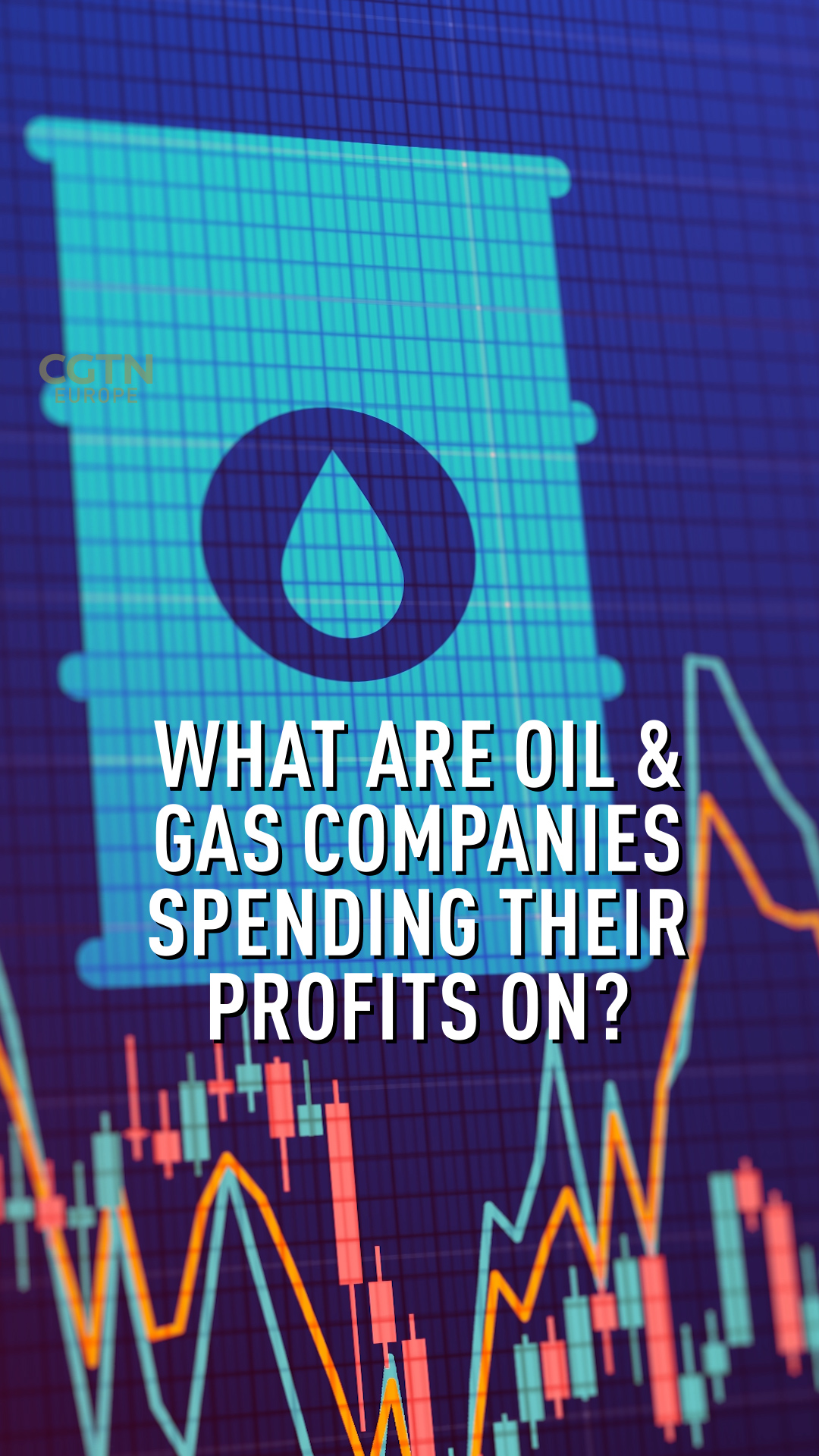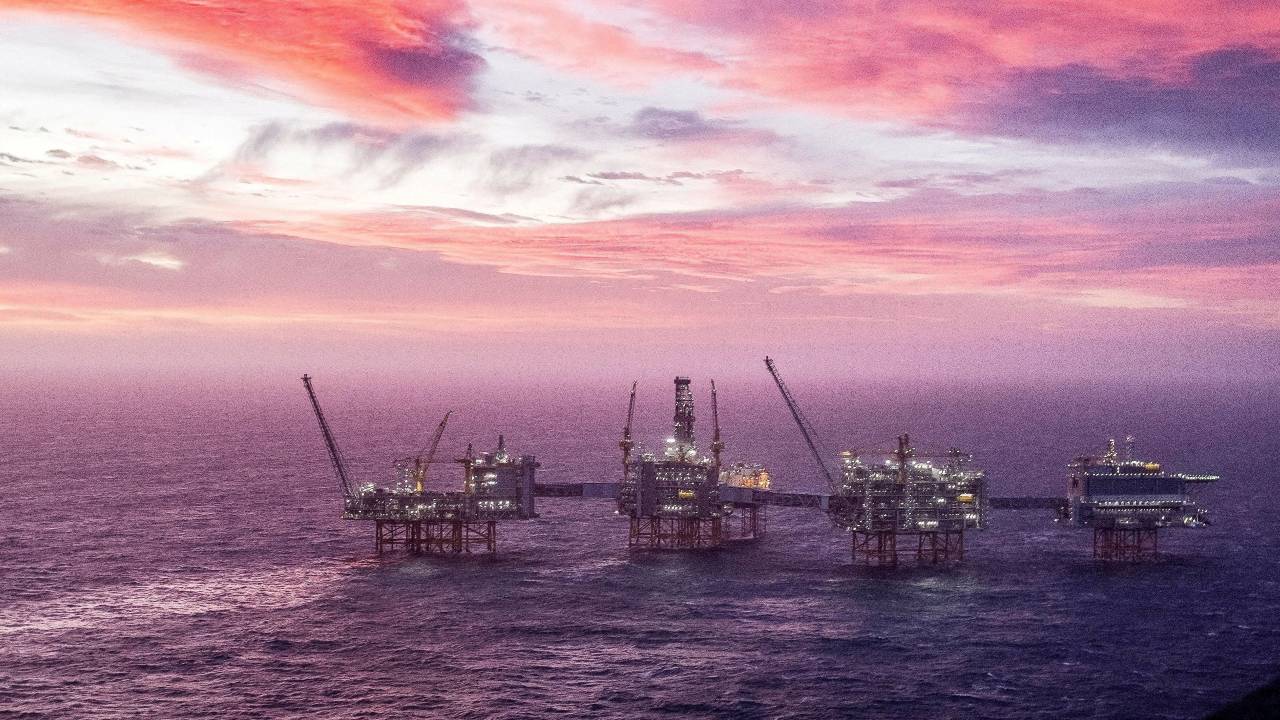00:29

A global energy crisis led on by the Russian conflict with Ukraine has "turned a rapid economic recovery from the pandemic into full-blown energy turmoil."
Russia is the world's largest exporter of fossil fuels, but its cutback of natural gas supplies to Europe and the EU's sanctions on imports of Russian oil and coal have shut the main highway of the global energy trade.
A recent report by the International Energy Agency finds investments in coal will rise by nearly 10 percent in 2023 – that's almost six times where they should be to end global reliance on fossil fuels and achieve carbon emission goals.
Tim Gould, IEA's chief energy economist, concedes there is still a long road ahead, "we are in a significantly better place than we were a few years ago. There's still a very long way to go, but there are finally some encouraging signs for us all to welcome."
Oil and gas companies enjoyed record profits in 2022 as the war in Ukraine boosted prices. The lion's share of these profits were invested in new production of fossil fuels – drilling and building production pipelines.
A little over $1 trillion will be pumped into fossil fuels such as coal, gas and oil.
Billions of dollars in profits earned by oil and gas conglomerates also went into repaying shareholders higher dividends than in previous years. Companies were also able to pay down debt. The smallest proportion of their spending was invested in renewable energy.

The Johan Sverdrup oilfield in the North Sea. /Carina Johansen/NTB Scanpix/via Reuters
The Johan Sverdrup oilfield in the North Sea. /Carina Johansen/NTB Scanpix/via Reuters
Despite this, overall investments in renewable energy sources surged to a new record of $600 billion in 2022. The biggest drivers of green energy options are advanced economies and China. The report finds several emerging markets still struggle to mobilize funding to back clean and secure energy projects.
"Given the reinforced push for renewables in a range of large markets (e.g. USA, China, Europe, India) and the gradual unwinding of supply chain problems, we are now expecting higher capacity additions for wind and especially solar PV than last year, with 2023 expected to see another 10 percent increase in renewables investment to more than $650 billion."
While there is appetite for renewables and an assertive push in that direction, getting projects up and running has proved challenging. In many countries including the United States and Italy, there are more solar and wind-source projects awaiting permits, than projects that are currently operational. These delays have been a major concern.
"Europe has been at the centre of this debate, with substantial renewable capacity in the pipeline waiting for permits, and queues well beyond set limits. Governments are now enacting policies to address this issue. Other risks include transmission bottlenecks (either missing or poor-quality grid infrastructure to connect new renewable projects) and shortages of skilled labour."

Subscribe to Storyboard: A weekly newsletter bringing you the best of CGTN every Friday